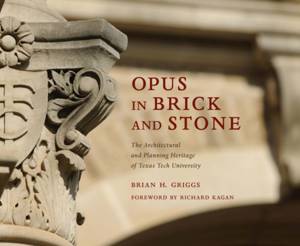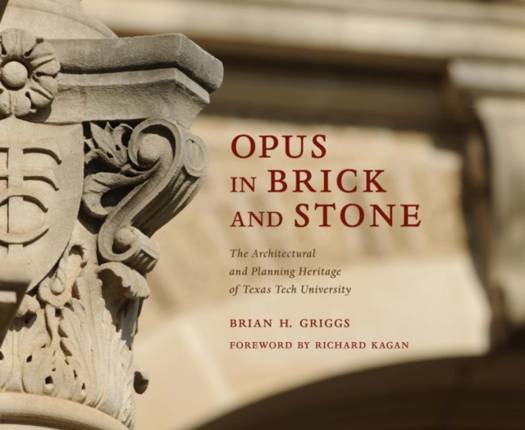
- Afhalen na 1 uur in een winkel met voorraad
- Gratis thuislevering in België vanaf € 30
- Ruim aanbod met 7 miljoen producten
- Afhalen na 1 uur in een winkel met voorraad
- Gratis thuislevering in België vanaf € 30
- Ruim aanbod met 7 miljoen producten
Zoeken
Opus in Brick and Stone
The Architectural and Planning Heritage of Texas Tech University
Brian H Griggs
€ 41,95
+ 83 punten
Omschrijving
Opus in Brick and Stone: The Architectural and Planning Heritage of Texas Tech University explores the campus architecture of the Texas Tech University System, which was inspired by the sixteenth-century Plateresque Spanish Renaissance architectural style. This book details the parallels between the buildings of Texas Tech and those of their forebears from this relatively short period in Spanish architectural history, while exploring the remarkable stories behind the construction itself. A crucial element of Opus in Brick and Stone is to provide a visual chronicle of the campus's unique architectural style. In addition to historic and contemporary photography, the book also includes a comparative drawing section that, through original common scale drawings of physical structures, explores in detail historic design sources alongside their campus counterparts. Opus in Brick and Stone also tells a fascinating history: included is biographic information on figures such as Houston architect William Ward Watkin, who was convinced that this Spanish architectural style aligned well with the South Plains of Texas, and later College Architect Nolan Barrick, a Watkin protégé. Through the stories of these and other key figures, readers come to understand how it was only through the vision of specific individuals that this fascinating architectural heritage came to be situated upon the plains of West Texas. The architectural history of Texas Tech University, then, is a carefully crafted, purposeful history. Opus in Brick and Stone celebrates and elevates this little-known history into a tradition that can be appreciated by all Red Raiders, past and present.
Specificaties
Betrokkenen
- Auteur(s):
- Uitgeverij:
Inhoud
- Aantal bladzijden:
- 352
- Taal:
- Engels
- Reeks:
Eigenschappen
- Productcode (EAN):
- 9781682830444
- Verschijningsdatum:
- 15/05/2020
- Uitvoering:
- Hardcover
- Formaat:
- Genaaid
- Afmetingen:
- 282 mm x 234 mm
- Gewicht:
- 2041 g

Alleen bij Standaard Boekhandel
+ 83 punten op je klantenkaart van Standaard Boekhandel
Beoordelingen
We publiceren alleen reviews die voldoen aan de voorwaarden voor reviews. Bekijk onze voorwaarden voor reviews.








